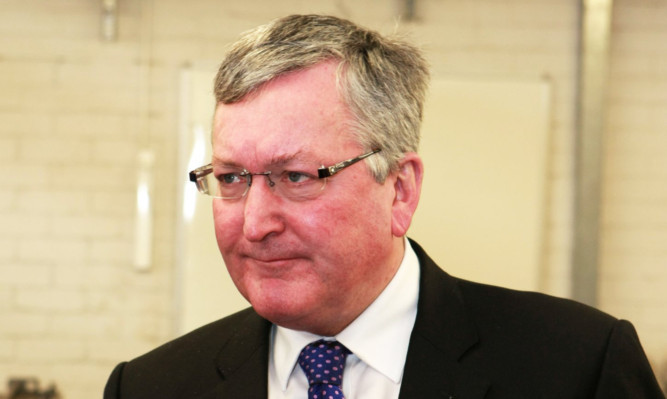The recent downward trend in the number of individuals and companies going bankrupt has reversed dramatically in recent months, official figures show.
In the first quarter of 2013-14 personal insolvencies were up 14.7% and corporate insolvencies up 28.7%.
Personal insolvencies had been on a downward trend in recent years, while corporate insolvencies only recently started to see a significant decrease.
Bryan Jackson, business restructuring partner with BDO LLP, said the rise in payday and short-term lenders points to “serious financial problems among thousands of Scots”.
Enterprise Minister Fergus Ewing said: “In line with our vision for a financial health service, the Scottish Government has been taking significant measures to meet the very difficult challenges faced by those who are experiencing financial hardship.
“The Debt Arrangement Scheme, an important part of this vision, has recently been strengthened to aid even more people in Scotland and I expect to see an increase in the number of people who will benefit from this successful scheme.
“The reforms proposed in the Bankruptcy and Debt advice (Scotland) Bill will provide a system of debt advice, debt relief and debt management fit for modern society.
“The new system will ensure that the rights and needs of those in debt are balanced with the needs of creditors and businesses, and that those having to deal with the burden of debt are made aware of the need for appropriate advice.”
Mr Jackson said: “Following recent falls, the increase in the number of personal insolvencies in the second quarter suggests that the pent-up indebtedness of many individuals has burst through.
“There is little doubt that many individuals have been living from month to month, or week to week, simply feeding the interest on their debts rather than reducing the debt itself.
“Until now, this has delayed some from falling into insolvency, but this quarter’s figures suggest that their financial situation has deteriorated beyond the point where they could cope and this has resulted in their bankruptcy.
“Unfortunately, I would not be surprised to see continued increases in personal insolvencies in the months to come.
“The increase in the number of payday and short-term lenders is indicative of serious financial problems among thousands of Scots whose circumstances will only be exacerbated by such loans.”
Personal insolvency numbers rose from 3,486 to 3,999 between April and June this year but fell from 5,601 in the same quarter last year.
Corporate insolvencies rose from 143 to 184 quarter to quarter but fell from 420 year on year.
